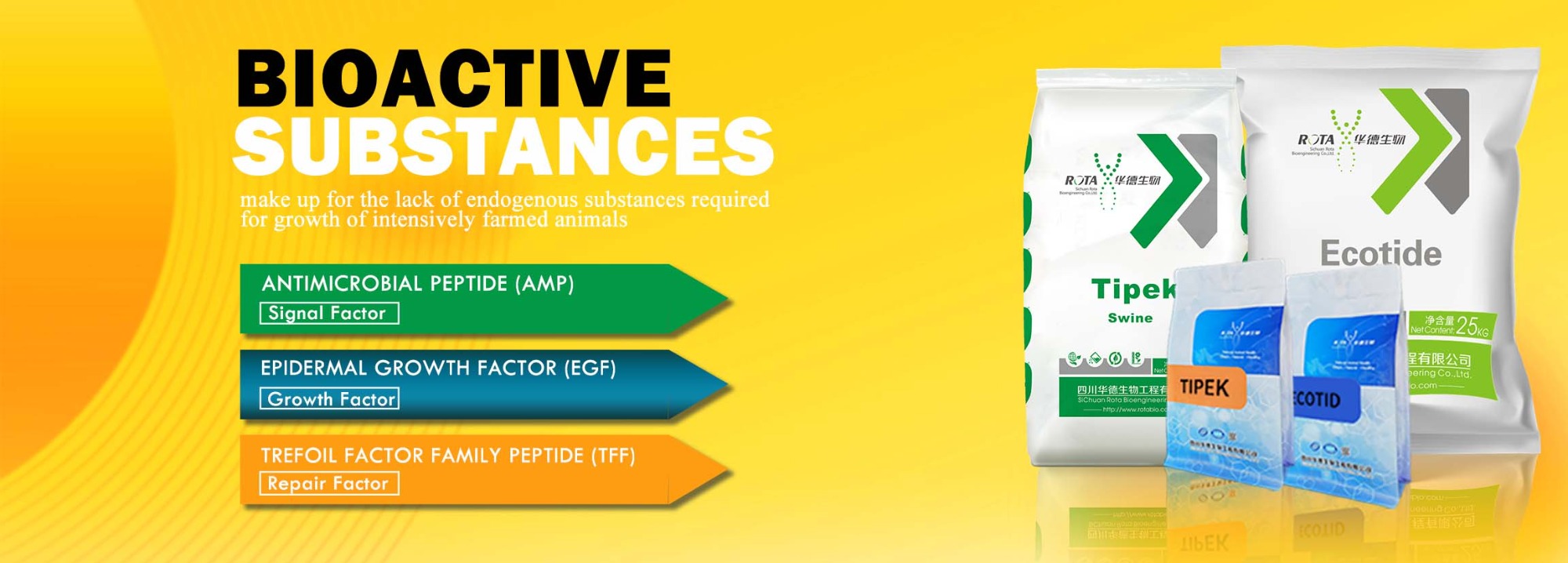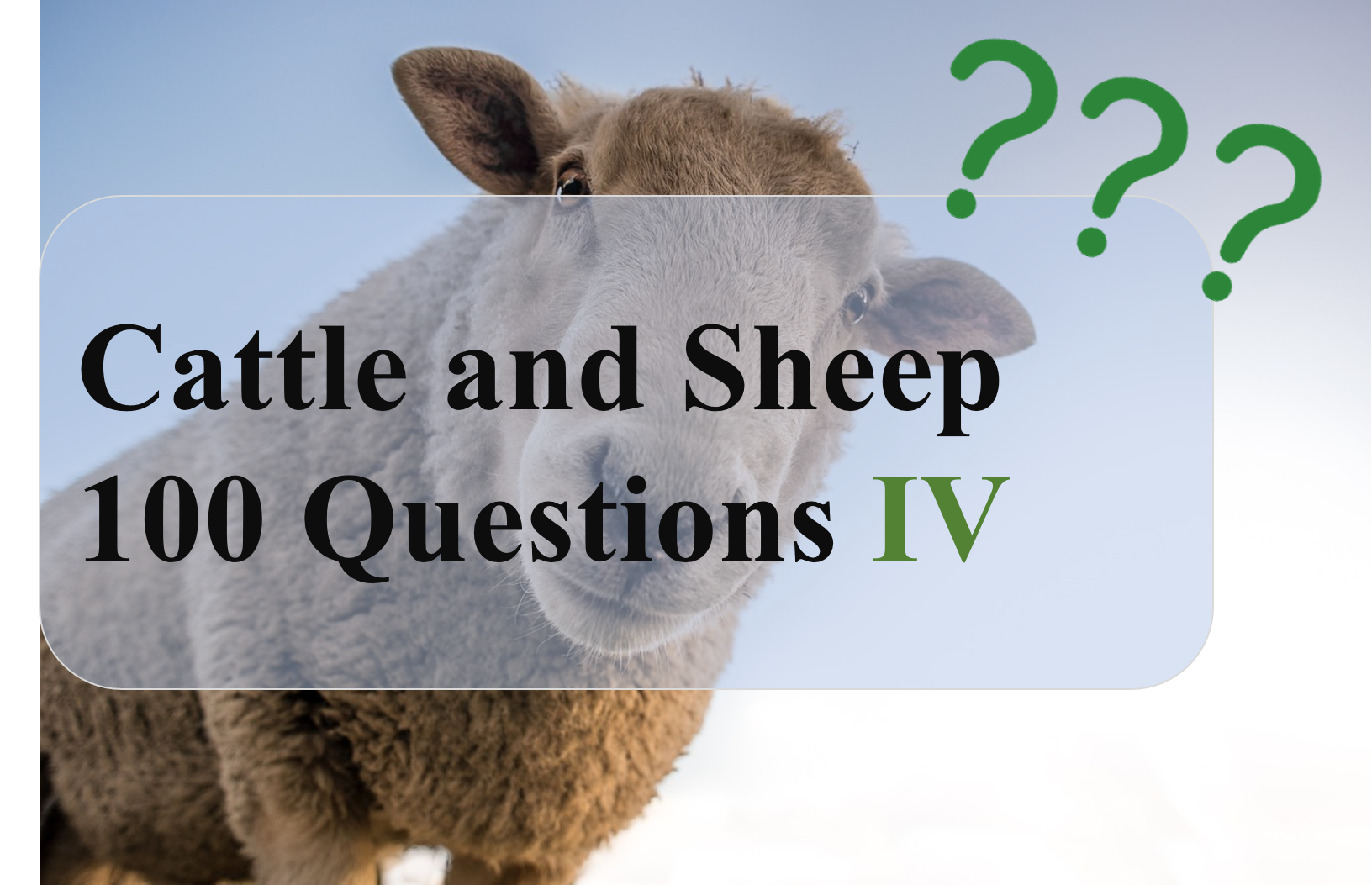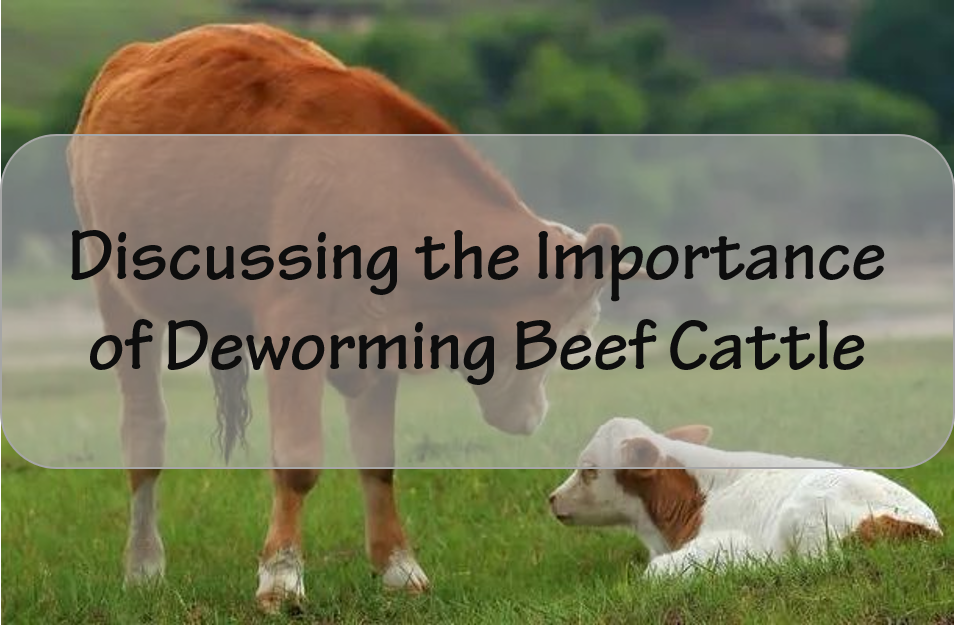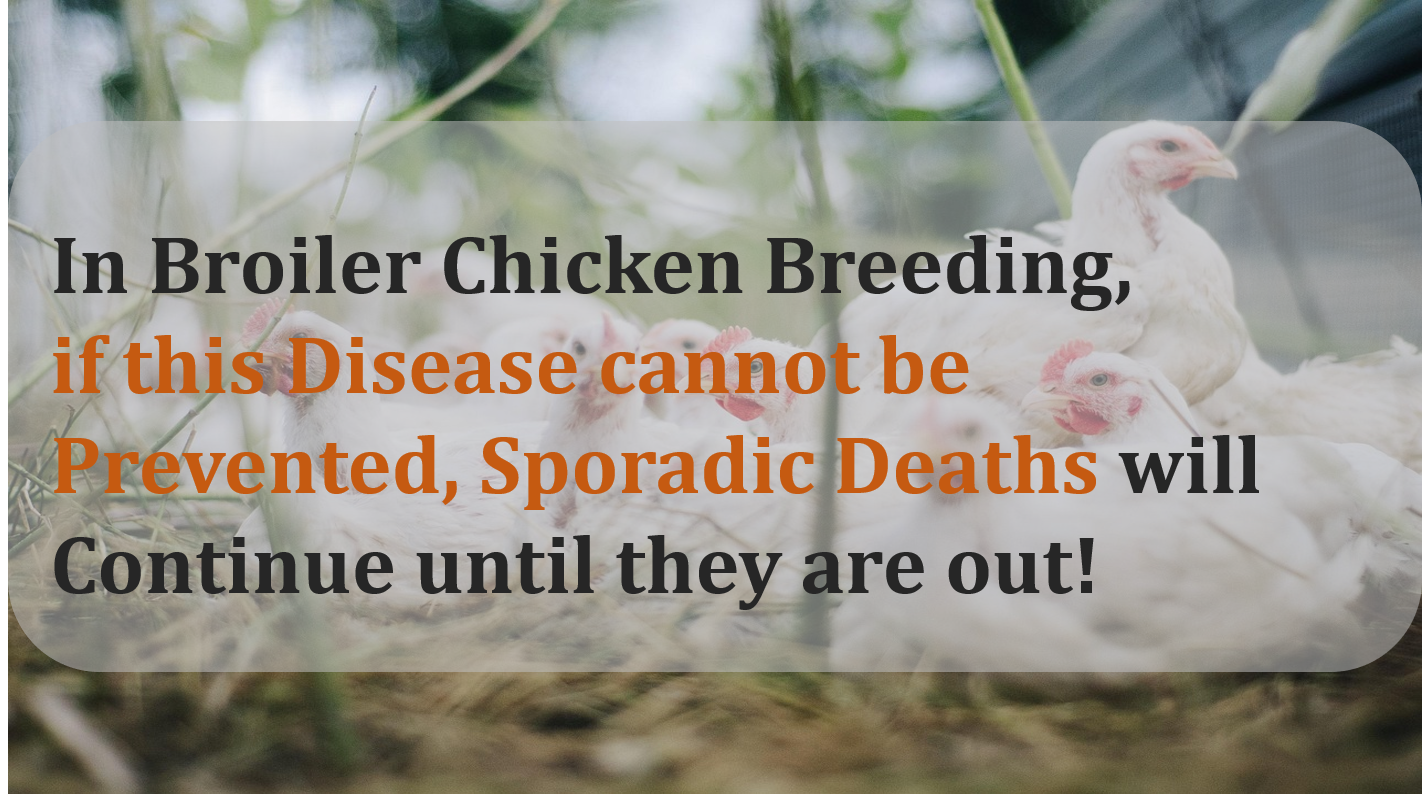| Animal Health Care-Discuss Mucous Membranes from the Perspective of Anti-epidermal Growth Factor For the good scholars who stayed at home during the new crown pneumonia epidemic, their knowledge of virology must have been a huge gain. We have learned about this non-living form of matter - virus, which can replicate recklessly with the help of the host's cells. Is there no one in charge of this fake "workshop director" directing the cell to "do personal work" for himself? Of course there is. It can be seen from Figure 1 that in animal breeding, when the virus breaks through the mucosal area, local infection will occur, and the animal will gradually fall into a disease state. Therefore, what we usually call "Health Care" is actually the first line of immune defense – mucosal, to strengthen and protect this area, such as increasing the secretion capacity of animal mucus by supplementing nutrition, improving the ability of mucus to remove pathogens by supplementing antibacterial substances, and ensuring the integrity of the epidermis by promoting epidermal growth and epidermal repair. Therefore, the basis for reshaping animal health should be from Mucosal nourishment begins.  Figure1 The virus infection process and the host's corresponding countermeasures Mucosal immunity is the body's first line of defense against infection. Antimicrobial peptides, as an important class of immune proteins found in mucosal mucus, play a direct antiviral role in host mucosal immunity on the one hand, on the other hand, it can regulate immune cells to perform more clearing functions In recent years, some antimicrobial peptides derived from vertebrates (such as defensins, Cecropin, Indolicidin, LL-37, Magainin, etc.) and invertebrates (melittin, cecropin, Alloferon, etc.) have been found to be powerful against many viruses that endanger human health. antiviral activity, which means that antimicrobial peptides play a pivotal role in controlling viral infections. When a viral infection occurs in the mucosal area, the infection can induce the expression of defensins to increase the concentration of defensins. Defensins control viral infections by acting as direct effectors and immunomodulators. Therefore, increasing the concentration of antimicrobial peptides is an important means for animals to improve their antiviral ability. Figure 2 specifically illustrates the role of defensins in mucosal immunity following viral infection.  The role of antimicrobial peptides in mucosal immunity in HIV infection. In HIV cases, human beta-defensins (HBDs) are released from the mucosal epithelium following viral infection. HBDs have a direct effect on HIV virus; in the absence of serum, they can indirectly affect HIV infection by down-regulating the expression of CXC-chemokine receptor 4 (CXCR4) in peripheral blood monocytes. Neutrophils can release neutrophil alpha-defensins (human neutrophil peptides, HNPs) in response to stimulation by CC chemokines. HNPs can directly inactivate HIV virions or inhibit HIV replication by altering CD4+ target cells. HNPs can also upregulate the expression of CC chemokines by macrophages. HNPs and HBDs can further recruit T cells, monocytes and immature dendritic cells (DCs) and trigger adaptive immunity to control viral infection. The antiviral mechanisms of antimicrobial peptides are multifaceted and complex, including direct effects on viruses, effects on target cells, and effects on innate and adaptive immunity. The mechanism of action of antimicrobial peptides can be roughly divided into two types (Figure 3). The first is that antimicrobial peptides bind to viral targets on the surface of host cells or to viral proteins, thereby inhibiting the attachment of viruses, preventing the fusion of viruses and entering host cells. Another mechanism of action is intracellular drive, which inhibits viral spread by inhibiting viral gene expression, inhibiting translation, or immunomodulatory activity.  Cell surface targets: (1) Interaction of peptides with different glycosaminoglycans (such as HS) present on the cell surface, competing with viruses for cell binding sites. (2) Prevent virus entry into cells by binding the peptide to the viral CXCR4co receptor.
(3) Inhibit cell fusion by interfering with the activity of ATPase protein. Intracellular targets: (4) Inhibit viral gene expression. (5) Inhibits peptide chain elongation by inactivating ribosomes. (6) Activation of immune regulatory pathways by inducing NK and IFN. Viral protein targets: (7) Binding of peptides to viral proteins results in inhibition of adsorption/viral cell fusion. Reference 1. Iwasaki, Akiko. (2016). Exploiting Mucosal Immunity for Antiviral Vaccines. Annual review of immunology. 34. 575-608. 2. Klotman, M., Chang, T. (2006). Defensins in innate antiviral immunity. Nat Rev Immunol 6, 447–456. 3. Mulder, Kelly & Lima, Loiane & Miranda, Vivian & Dias, Simoni & Franco, Octávio. (2013). Current scenario of peptide-based drugs: The key roles of cationic antitumor and antiviral peptides. Frontiers in microbiology. 4. 321.  |
 Cattle and Sheep 100 Questions Ⅳ
Cattle and Sheep 100 Questions Ⅳ
 Discussing the Importance of Deworming Beef Cattle
Discussing the Importance of Deworming Beef Cattle
 In broiler chicken breeding, if this disease cannot be prevented, sporadic deaths will continue until they are out!
In broiler chicken breeding, if this disease cannot be prevented, sporadic deaths will continue until they are out!
 Cattle and Sheep 100 Questions Ⅱ
Cattle and Sheep 100 Questions Ⅱ